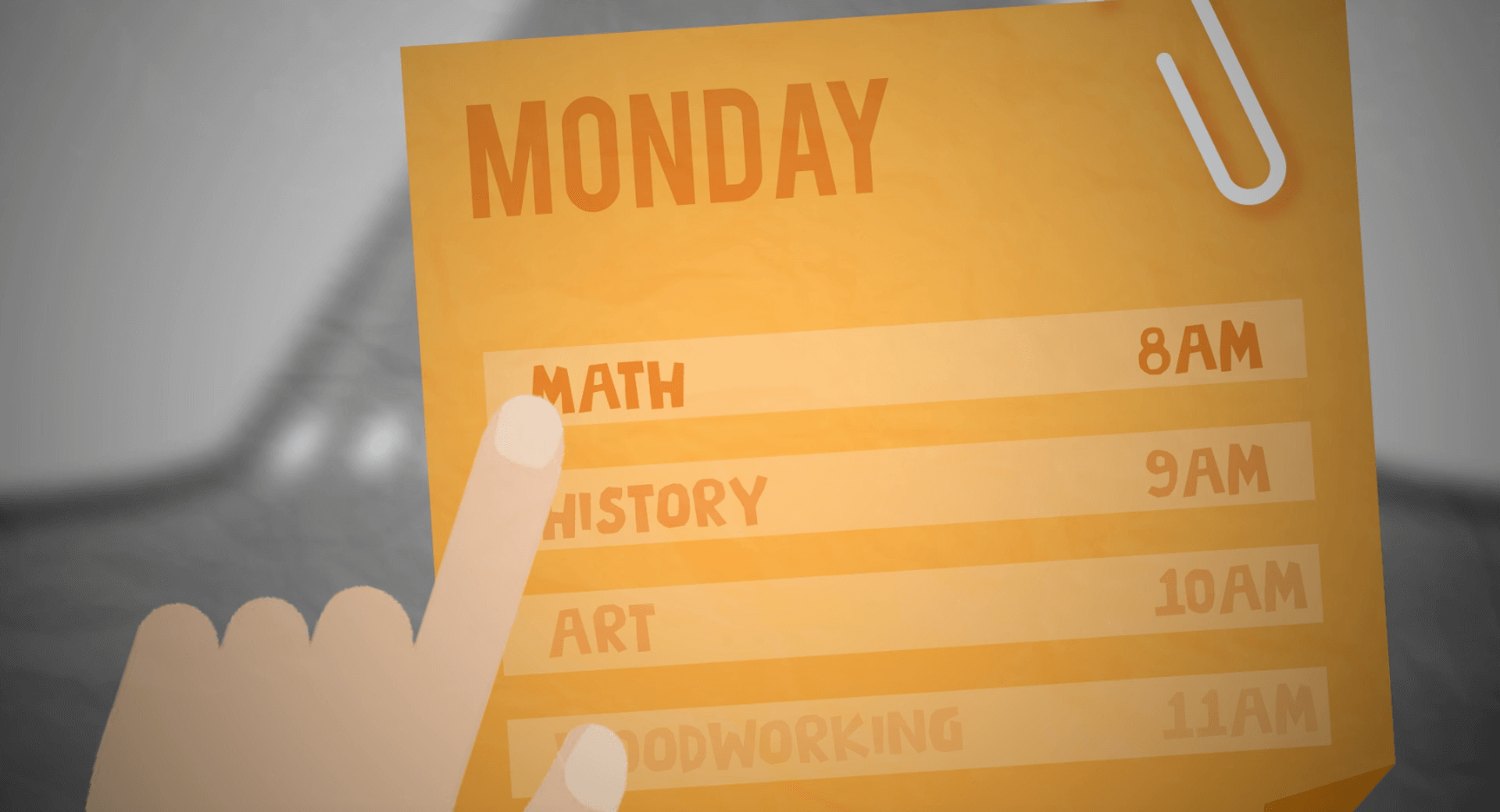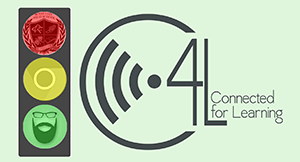
Student accountability. Personalized learning. Critical thinking.
These are just some of the common aspirations we see highlighted in K–12 mission statements today. When schools think about incorporating these concepts, “scheduling” doesn’t typically come to mind as a solution. A growing number of schools are taking a new approach to the way students are assigned to courses. It’s called arena scheduling, and it puts the student at the center of the process.
Though it might sound like a novel idea if you’ve never heard of it, arena scheduling is not much different from the typical college experience. Let’s take a look at why the approach is becoming more popular at the secondary level.
The basics
Arena scheduling is an approach in which students have a specific window of time to select the classes they want to take in the periods they want to take them. The process is typically completed online, either at home or in a facilitated environment on a school campus.For those who are familiar with traditional scheduling processes, arena scheduling might sound a little bit like mayhem, but plenty of work gets done behind the scenes to ensure a smooth process when the time comes. Schools define boundaries, including course limitations based on building design, the number of staff or teachers available, and considerations for class sizes. Course recommendations and requests also come into play, sometimes in the form of a pre-arena "pseudo-schedule" from which students can work during the arena timeframe.
Most arena scheduling is completed on a first-come, first-served basis, though it often makes sense to prioritize. Seniors with time-sensitive graduation requirements often get first crack at filling their schedules, then juniors get their turn, and so on down the line until everyone has a working course schedule with the classes they need.
If a phased rollout sounds less intimidating than a full-blown scheduling switch, consider a hybrid approach. It’s possible to have students use an arena scheduling system for non-traditional or enrichment courses while scheduling their core subjects more traditionally. Each district’s needs, schedules, populations, and course offerings are unique, so it’s important to have a flexible process for creating a scheduling program.
The student experience
The number-one reason to consider arena scheduling is the impact it has on student ownership and motivation. The school sets up the arena, but students are responsible for making sure they get the courses they need (or want) at the time they’d prefer, if possible.It's a big change, but it’s not sink-or-swim. Students have the primary responsibility of time management, but that's where counselors come into play to help with technical difficulties and tricky situations. Students and faculty from South Fayette High School in Pennsylvania describe the rollercoaster of emotions arena scheduling can be:
Do students eventually get the hang of it? Absolutely.
The results
When students take on the responsibility of crafting their own educational journey, the end result is a beautiful thing to see. Schools have reported more engagement, accountability, and self-awareness, among other benefits.One district in Kansas designed its scheduling process to maximize efficiency and fairness by randomizing students’ names and having them complete arena scheduling on days designated by grade level. They experienced a positive impact on their school culture, with balanced class sizes and happier students (which leads to happier teachers).
Another example comes from Central York School District in Pennsylvania. Ryan Billet, assistant to the superintendent, explains how the district is building student agency with arena scheduling.
Regardless of whether they’ve tried arena scheduling yet, superintendents acknowledge higher student engagement indicates a more effective school—in fact, 88% agree.
Get started
Arena scheduling may sound too good to be true, but it's making a difference. Schools are breaking out of the traditional mold of scheduling and seeing fantastic impacts on school culture, student accountability, and teacher satisfaction. Plus, the planning aspect of carefully choosing courses will prepare students for the same experience in college.Next time you're looking to freshen up some of your core structures, consider arena scheduling. It's an invigorating approach to an age-old process, one that puts students behind the wheel of their own education.
Follow-up resource: New ideas for schedules
Ready to break with tradition? Check out 4 Ways to Build a Better Schedule.WHAT'S NEXT FOR YOUR EDTECH? The right combo of tools & support retains staff and serves students better. We'd love to help. Visit skyward.com/get-started to learn more.

|
Erin Werra Blogger, Researcher, and Edvocate |
Erin Werra is a content writer and strategist at Skyward’s Advancing K12 blog. Her writing about K12 edtech, data, security, social-emotional learning, and leadership has appeared in THE Journal, District Administration, eSchool News, and more. She enjoys puzzling over details to make K12 edtech info accessible for all. Outside of edtech, she’s waxing poetic about motherhood, personality traits, and self-growth.




